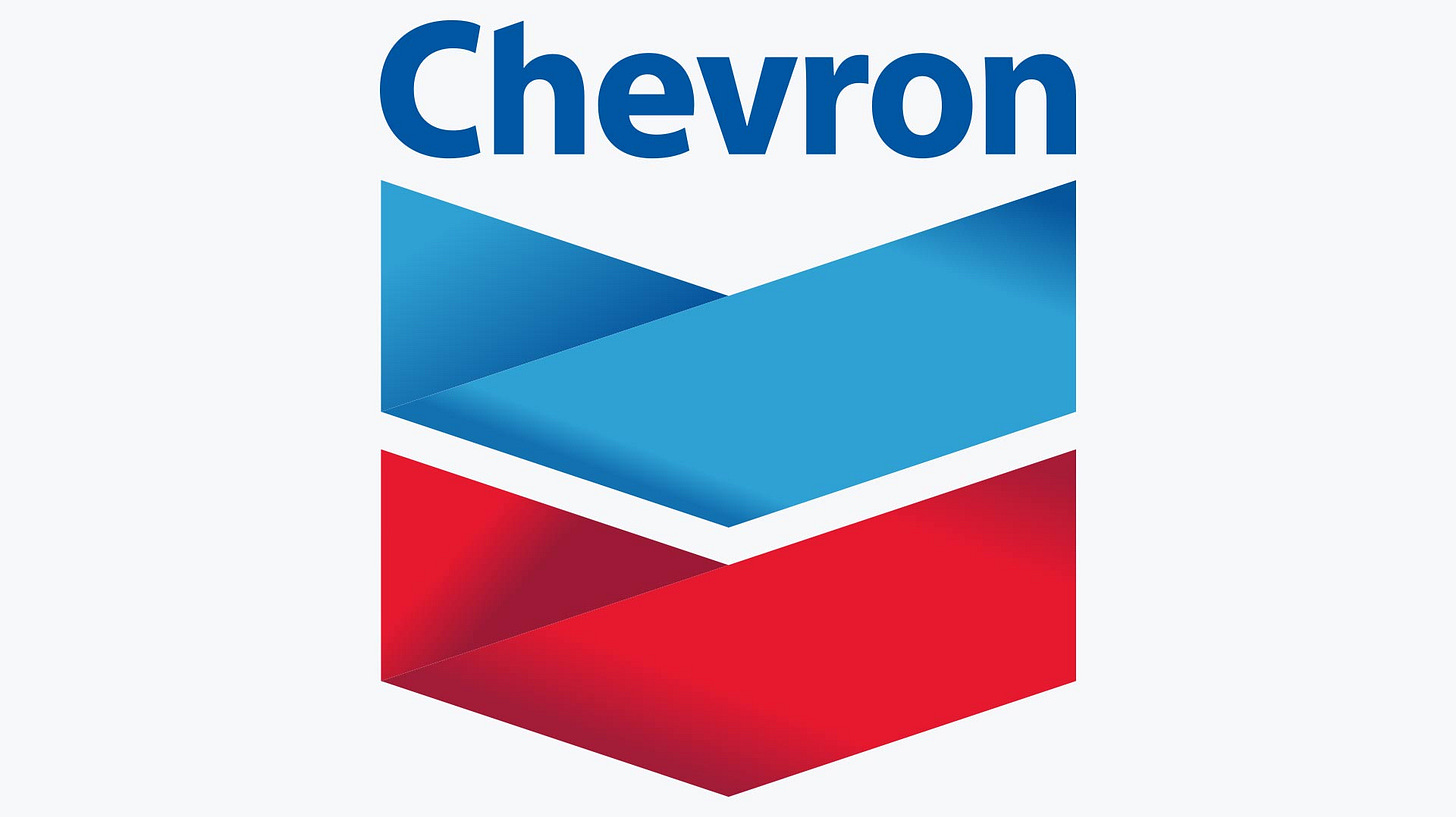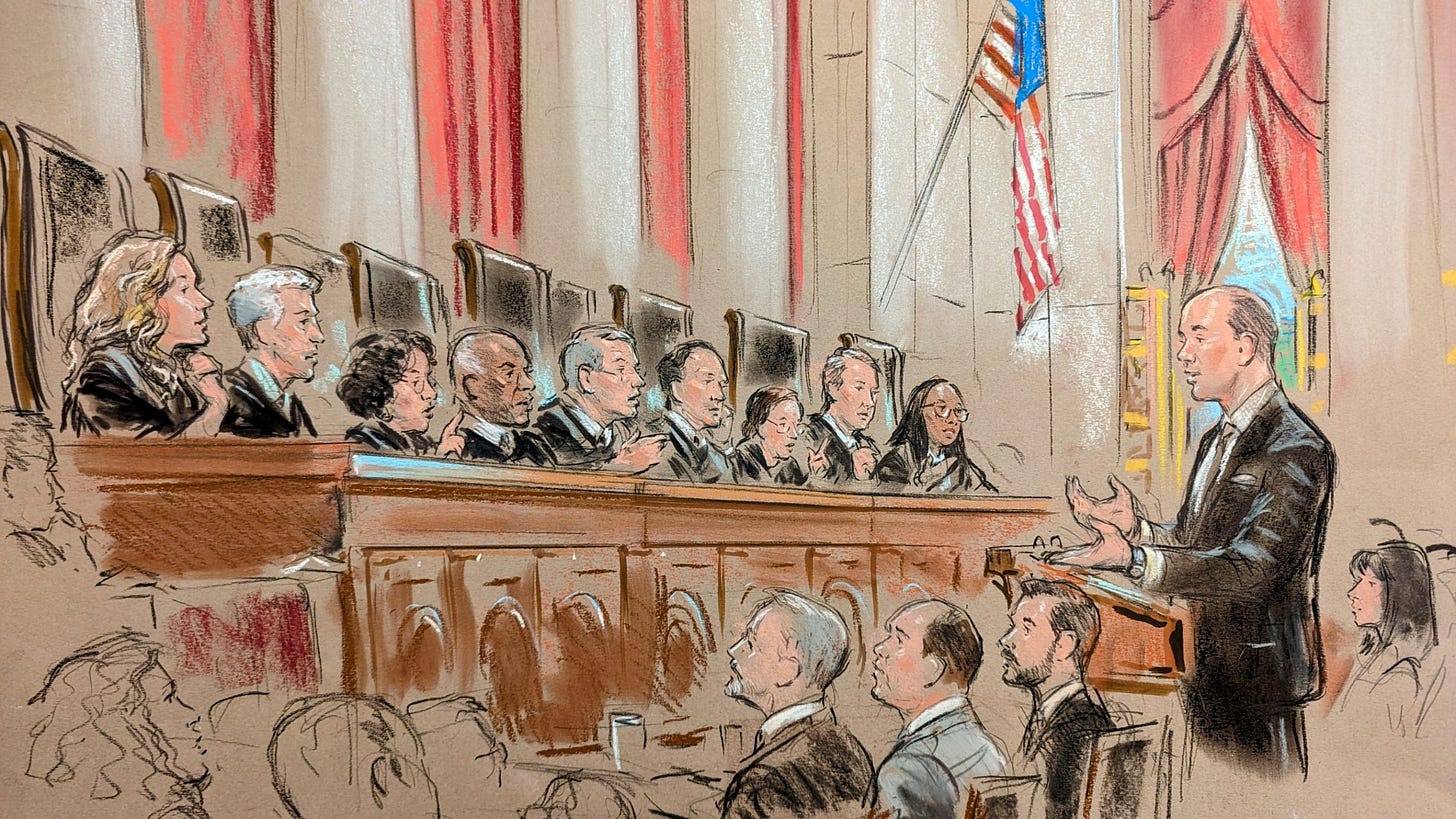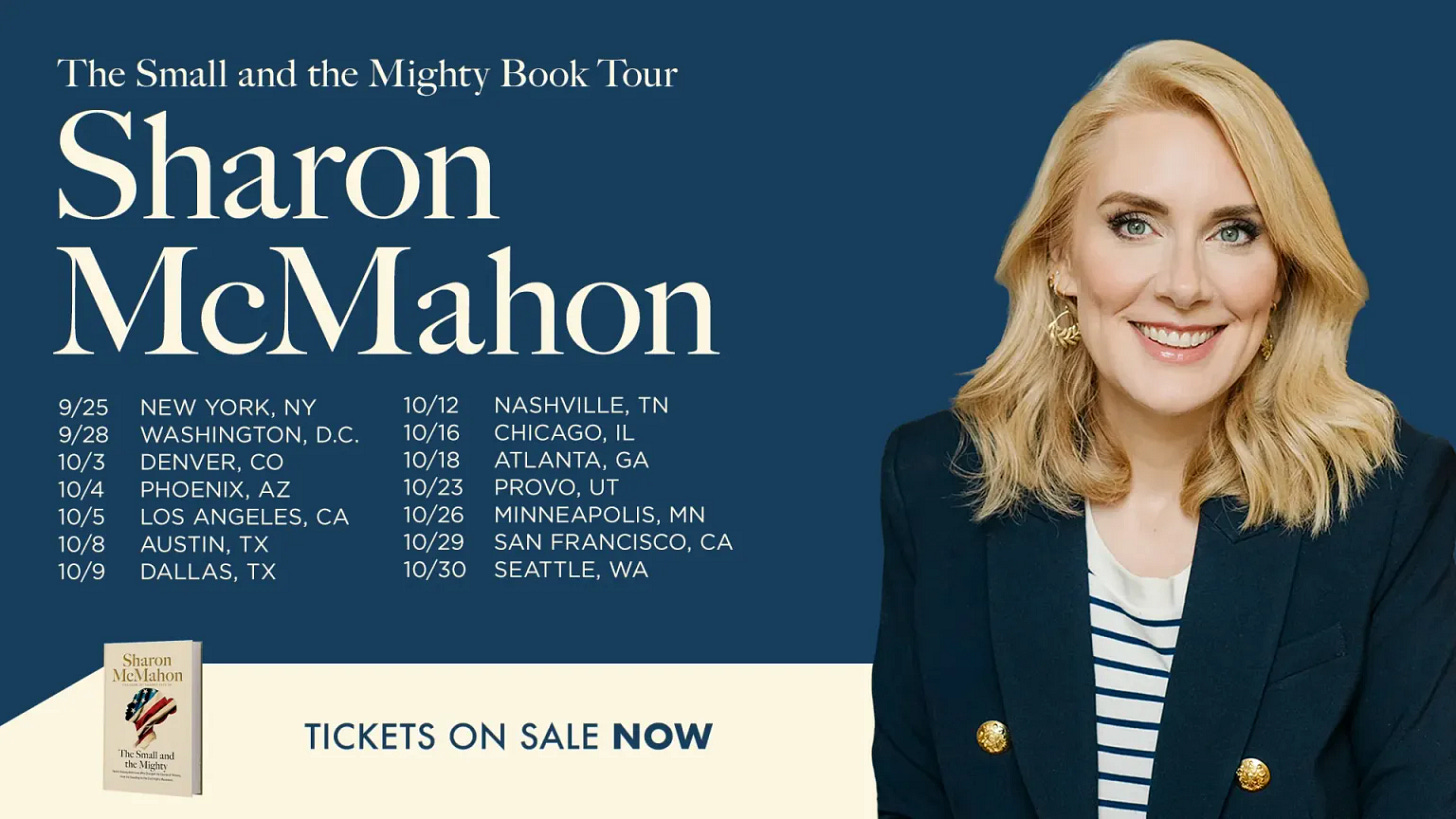A Convulsive Shock to the Legal System
Making sense of the Chevron Deference
Let me take you back to my favorite historic time period, and the starting place for any good story: “Way back in the day.”
Once upon a time, way back in the day, the Supreme Court issued a landmark decision. Landmark decisions are ones that are exceptionally noteworthy, decisions that dot the legal landscape and give directions to people who travel nearby, pointing the way people should head. They’re also decisions that often significantly change our understanding of an important issue.
This “back in the day” landmark decision was called Chevron USA v Natural Resources Defense Council. Today, you’re likely to hear it called simply, Chevron.
The Clean Air Act was passed (and later, amended) to, essentially, make sure Americans had clean air to breathe. Congress said that any project that was going to be a major source of air pollution was going to have to undergo a special review process, called a “new source review.”
For example, if a power company wanted to build a new coal-fired electric plant, they would need to undergo this new source review process to make sure that the air pollution they were going to be emitting was within acceptable limits.
The Environmental Protection Agency interpreted the word “source” in “new source review” to include major changes to existing sites of air pollution. For example, if an oil refinery wanted to add another smokestack, the EPA would interpret that as an additional source of air pollution. In other words, a new source.
Then, Ronald Reagan became president, and the leadership at the top of the EPA changed. The EPA then changed their interpretation of the word source to apply to air polluters only if their total overall emissions changed.
Under the new interpretation, the coal fired power plant could go ahead and build a new smokestack without needing a new source review if they also took other pollution mitigation actions elsewhere in their plant.
Let’s say they were polluting at a level 8. Building a new smokestack would make them a level 9 polluter. So they took actions to clean up their plant elsewhere to balance out the new pollution from the smokestack, bringing the total pollution back to a level 8. Under the Reagan EPA, this was acceptable.
(By the way, there is no such thing as a “level 8 polluter.” I made that up to illustrate the point.)
The National Resources Defense Council, an environmental advocacy group, didn’t like this, and sued. Chevron intervened in the case, which is how their name became attached to it. The case eventually made its way up to the Supreme Court.
In a unanimous decision, SCOTUS was like, “listen, the EPA is the group that is supposed to be setting policies that help us have clean air. Congress said, ‘make the air clean, EPA,’ and that’s what they’re doing. It’s not up to courts to make public policy.”
The justices said basically that laws are written intentionally vaguely, because there is no way that Congress can possibly write every possible scenario into the law. They can’t be like, “And if a coal fired power plant someday has twelve chimpanzees clog up the smokestacks and they have to build a new one, then that is permissible, but if it’s eleven chimpanzees, then it’s not.”
Congress, they said, is delegating its rule making power to the experts: the people who are actually in charge of clean air. The people who are scientists and have experience in the industry who can make decisions about things like eleven vs. twelve chimpanzees and what constitutes a new source of pollution.
SCOTUS said that there were two things that courts needed to consider when hearing challenges to the rules created by federal agencies.
1. If Congress makes their wishes clear, we have to abide by that. If they say twelve chimpanzees is the limit, then we use what they write down.
2. If Congress does not make their wishes clear and the law is ambiguous, we will leave the decision making up to the federal agency, as long as their interpretation of the law is permissible/reasonable.
Obviously, I am also making up the chimpanzee thing, but my silly illustration serves a higher purpose: lawmakers cannot foresee every single possible scenario on the horizon, and agencies must be free to respond to them.
This decision became monumentally important. So important that it formed the entire basis for American administrative law. Over the past 40 years, more than 17,000 cases have been decided using the Chevron deference as the underlying principle.
Is the law clear? Cool, let’s go with what the law says.
Is the law unclear? Then what does the federal agency say?
Is what the federal agency says reasonable and permissible? Great, let’s go with their interpretation. Because courts are not here to make environmental (or any other) policy.
Judges, they said, are not elected. They answer to no one. Agencies are more answerable to the voters because they are implementing laws that elected officials wrote and that elected presidents help enforce. Plus, they would know better than courts, since they are actually experts in this field.
Well, everything I just told you is no more. Goodbye, thanks for playing, it’s been nice knowing you. Erase the administrative law textbooks and write new ones for when class begins this September.
In a new case, Loper Bright v Raimondo, a group of herring fishermen sued the federal government because they didn’t like the fact that they had to pay for observers on their boats to ensure that they were complying with fishing regulations. This case was not just about “hey, can you get us out of paying the cost of this, it’s an undue burden.” It was specifically asking the court to overrule Chevron.
And SCOTUS hit the ball placed on the tee for them.
Courts dealing with a case in front of them will no longer apply the two part test or defer to the “reasonable/permissible interpretation,” courts, not federal agencies, will now decide what ambiguities in the law mean.
Let’s talk about the pros and cons of this decision.
Conservatives who have been working to overturn Chevron want judges to be able to offer the best interpretation of a law, not just one that is reasonable or permissible. The more conservative members of the court say this is not judges making policies, and that the restrictions under Chevron prevented them from doing their job of judging.
The majority also specifically said that overturning Chevron does not mean that all 17,000 cases decided under Chevron are toast. Judges should just carry this new decision in their cases moving forward.
The more liberal viewpoint is that under Chevron, there was a reasonable power sharing structure. No one branch of government had all the power. And the people best equipped to make policy level decisions, like the FDA determining the safety of a drug, are the people whose expertise should be deferred to whenever possible.
In the dissent, Justice Kagan says that judicial humbleness will now give way to judicial hubris. The dissenters say that unelected judges with no specific expertise will be determining policy on everything from the efficacy of drugs to workplace safety at a mine. They give many specific examples of questions they feel courts are ill-equipped to deal with, like:
“Under the Public Health Service Act, the Food and Drug Administration (FDA) regulates “biological product[s],” including “protein[s].” 42 U. S. C. §262(i)(1). When does an alpha amino acid polymer qualify as such a “protein”? Must it have a specific, defined sequence of amino acids?”
Kagan, Jackson, and Sotomayor believe it shouldn’t be up to federal judges to answer questions like these unless absolutely necessary.
What effect will this decision have on your life? We won’t see the full picture for 3-5 years, as spates of new lawsuits are filed challenging the existing regulatory environment and as a hodgepodge of circuit decisions then make their way up to SCOTUS.
Some people are sounding the alarm that this is the exact scenario that will allow for a single federal judge to outlaw abortion drugs or eliminate OSHA’s workplace safety regulations. But one thing is very clear: everything has changed. And depending on your perspective, those changes either represent a long-game victory or a short-sighted disaster.
Tell me in the comments: what questions are you still wondering about? What’s your opinion on the Court’s ruling?
And don’t forget: tickets to my book tour are now on sale! I can’t wait to see your faces.










Your ability to explain how legal and political matters will affect the everyday American is unmatched—and appreciated. While it’s great to make Congress write better laws, I don’t see this ruling as a win for anyone but lobbyists and companies out for profit over the good of the people.
Considering how dysfunctional Congress is right now, this is a recipe for no regulations whatsoever.
The law: Don’t dump hazardous waste in the river.
Company: Dumps green glowing goo in river.
EPA: Hey, the law says you can’t do that.
Judge: Nah, the law said no hazardous waste. What does hazardous even mean? It didn’t say anything about green glowing goo. Congress will need to revise the law to specifically say green glowing goo.
Congress: spends 3 months arguing about Bunter Hiden’s laptop, Callery Hilton’s emails, and Tonald Dump’s hush money. Then goes on 2 week recess. Doesn’t come anywhere close to even talking about the green glowing goo.